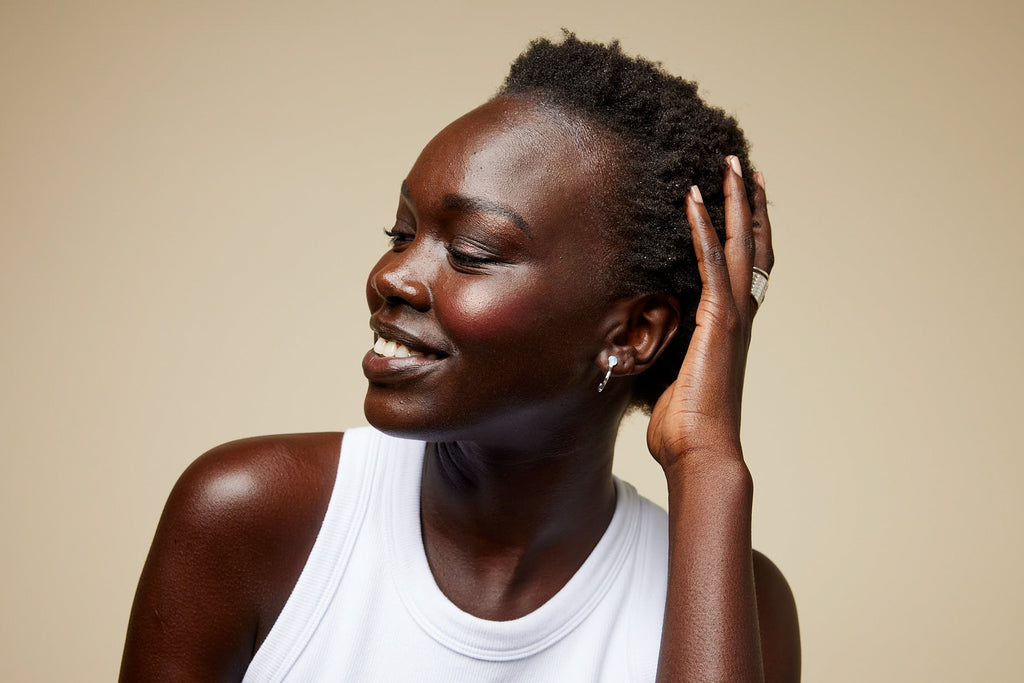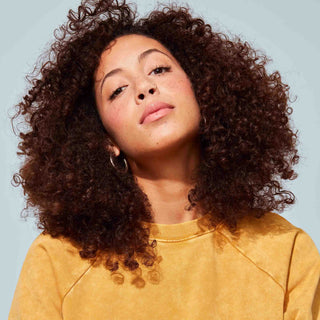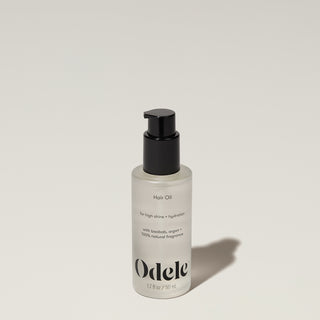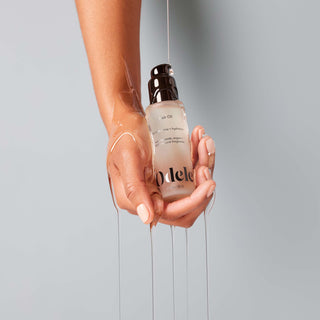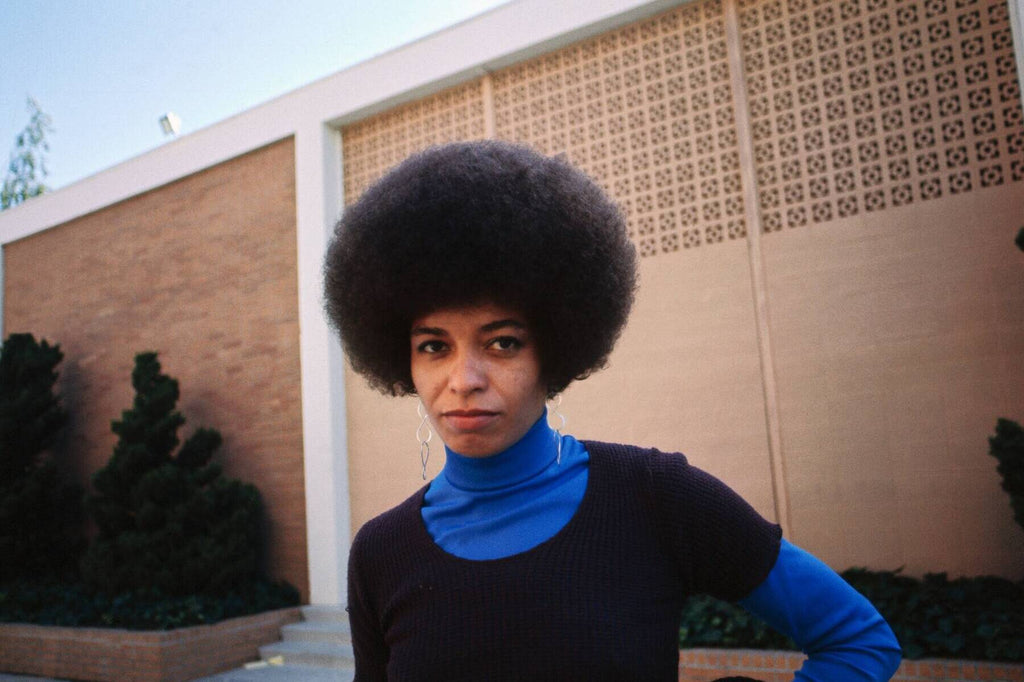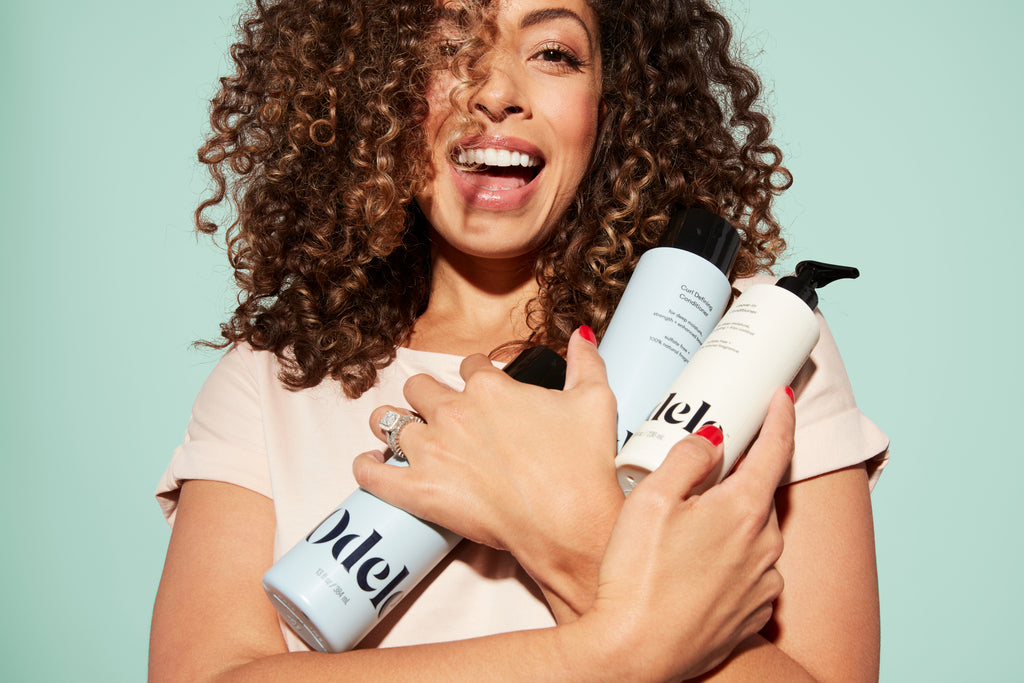Braids! Fades! Finger waves! Black culture boasts an incredibly versatile and important history of hair traditions. Some emerged in response to cultural shifts, and some transformed the culture itself. Here’s a look back at six iconic Black hairstyles from the last century.
1. Josephine Baker Makes Waves (1920s)
Celebrated singer, dancer and civil rights activist Josephine Baker popularized finger waves in the 1920s. One of the most influential performers of the time, Baker had already solidified her standing as a fashion icon when she debuted her unconventional laid edges and styled baby hairs—sending shockwaves rippling through society. The star’s signature bob—slick, cropped, and sculptural—became the hairdo of the decade. In the 1990s, Missy Elliot reintroduced the finger wave trend in pop culture, and it’s since been sported by everyone from Zendaya to Bella Hadid.
2. Cicely Tyson Sparks A Natural Hair Movement (1960s)
In the early 1960s, Cicely Tyson became one of the first Black actresses to wear her natural hair on TV, at a time when few Black women felt empowered to do so. The night before she was scheduled to shoot an episode where she would be portraying an African woman, Tyson had a barber cut her then-straight hair short and shampoo it back to its natural state, feeling it would be more authentic to the character.
She later wore the same short, natural style on the popular TV series East Side West Side. "That is what created the natural hair craze," Tyson recalled on an episode of Oprah’s Masterclass in 2014. “I got letters from hairdressers all over the country telling me that I was affecting their business because their clients were having their hair cut off so they could ‘wear it like the girl on television.’”
The trailblazing actress was also the first person to wear cornrows onscreen in the 1972 movie Sounder.
3. Artists And Activists Reclaim Their Roots (1960s + 1970s)
Popularized by Black activists, artists and scholars like Angela Davis, Nina Simone and Toni Morrison, the afro emerged as a symbol of pride, protest and self-empowerment in the 1960s. With the Black Power Movement in full force, many Black people decided to ditch the straightened hairstyles and Eurocentric beauty standards that society had forced upon them, choosing instead to reclaim and celebrate their natural textures.
4. Jheri Curl Fever (1980s + 1990s)
When Michael Jackson rocked a Jheri curl on his Thriller album cover in 1982, the snazzy hairstyle skyrocketed in popularity. It was one of the signature fashion statements of the 1980s—worn by celebs like Lionel Richie, Eddie Murphy, Ice Cube, and Samuel Jackson (cue Jules’ glistening curls in Pulp Fiction). It’s also remembered as one of the more infamous styles of recent history… right alongside the mullet.
The original styling technique, which involved a two-step chemical process that first relaxed the hair and then sprang it up into glossy curls, was created by Irish-American haircare entrepreneur Jheri Redding and later adapted for afro-textured hair by Comer Cottrell. These days, there are plenty of modernized, chemical-free ways to achieve the look, if you’re feeling inspired.
5. The Fade Takes The Stage (1980s + 1990s)
Hip-hop began to boom in the 1980s—and with it, new forms of creativity and experimentation in fashion and beauty. The hi-top fade (aka flattop) was one of the first hairstyles popularized by hip-hop artists. Grace Jones is credited with introducing the edgy cut on the cover of her 1980 album, Warm Leatherette, before it became a go-to look for rappers like Schoolly D and Eric B. & Rakim as well as Will Smith on The Fresh Prince of Bel Air. As for the inspiration behind the style? Many believe it was Queen Nefertiti’s headpiece.
6. Box Braids Make A Comeback (1990s + Beyond)
Google search for “poetic justice braids” and you’ll see hundreds of tutorials, inspiration roundups and odes to the style. The long, thick braids Janet Jackson donned in the 1993 cult classic film Poetic Justice became instantly iconic—so much so that “poetic justice braids” have become pretty much synonymous with box braids, aka that style of individual, three-strand plaits. Though Jackson was far from the first person to adopt the hairstyle (box braids have a rich history tracing all the way back to early African civilizations), the movie’s popularity launched a massive hair trend that’s still going strong.

